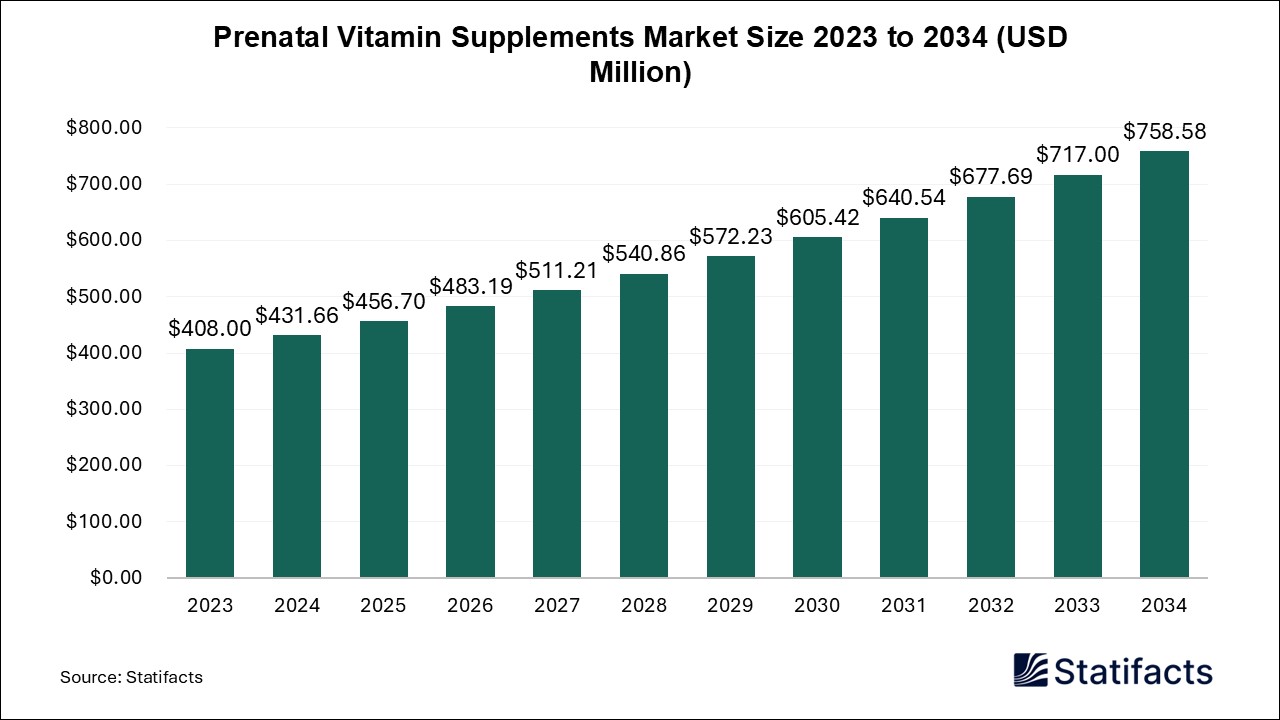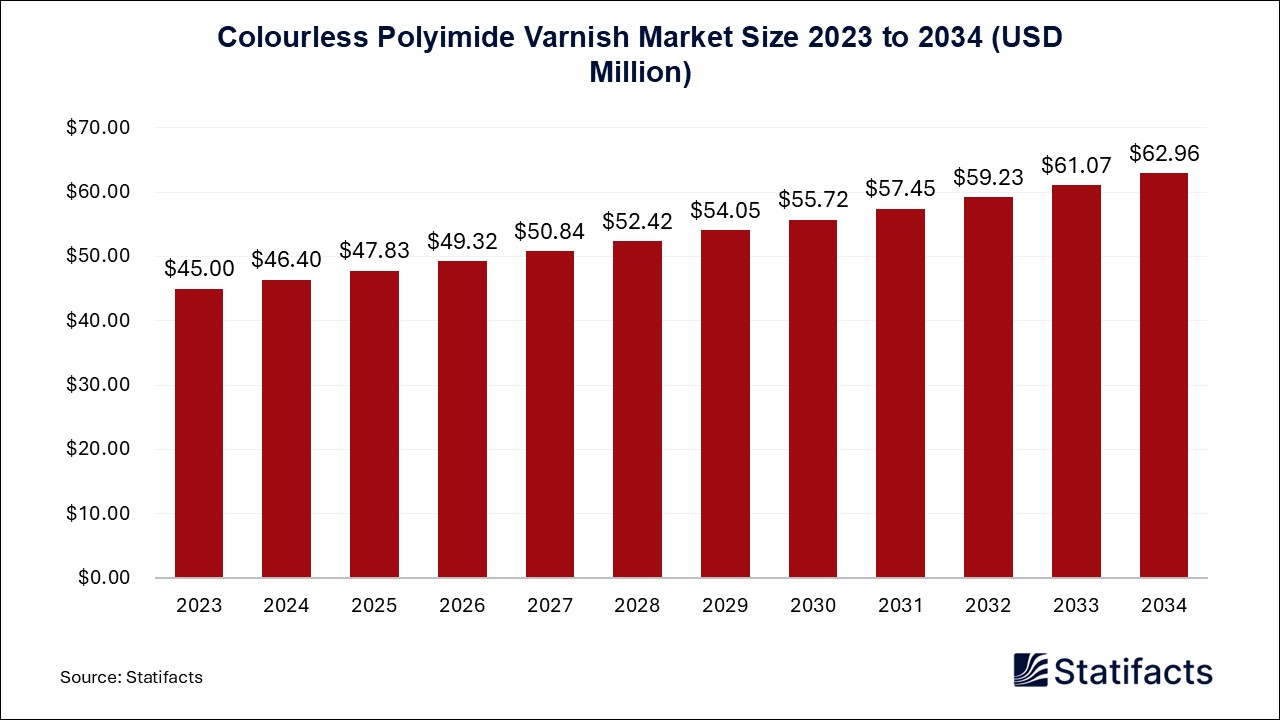
By clicking “Accept All Cookies” you agree to the storing of cookies on your device to enhance site navigation, analyze site usage, and assist in our marketing efforts.
Privacy Policy
Infrared Absorbing Nanocoating Market (By Type: Carbon Nanotubes Based Coatings, Graphene Based Nanocoatings, Metal Oxide Nanocoatings, Polymer Based Nanocoatings, and Others; By Application: Military and Defense, Automotive, Electronics and Semiconductors, Energy and Power, and Others; By Region: North America, Europe, Asia Pacific, Latin America, and Middle East & Africa) Industry Size, Share, Growth, Trends 2025 to 2034
The global infrared absorbing nanocoating market, valued at USD 474 million in 2024, is projected to reach approximately USD 1081.62 million by 2034. This growth, driven by rising adoption in defense, automotive, and electronics applications, is expected at a CAGR of 8.6%.
| Reports Attributes | Statistics |
| Market Size in 2024 | USD 474 Million |
| Market Size in 2025 | USD 514.76 Million |
| Market Size in 2031 | USD 844.48 Million |
| Market Size by 2034 | USD 1081.62 Million |
| CAGR 2025 to 2034 | 8.6% |
| Base Year | 2024 |
| Forecast Period | 2025 to 2034 |
The infrared absorbing nanocoating market is increasing at an accelerated speed, which is contributed to by the increasing use of advanced nanomaterials in medical equipment, automotive, and defense. These coatings are important in the reduction of heat accumulation, thermal control, and energy efficiency of a variety of optical and electronic systems. The rising investments in the research of smart materials and nanotechnology are also contributing to the market growth, particularly in the emerging economies whose industrial infrastructure is developing. Due to the increasing demand for sectors such as solar energy, aerospace, and electronics, there are likely to be several growth opportunities over the next few years. However, high production costs and the lack of quality nanomaterials represent two major roadblocks that may either affect large-scale commercialization or remain unaffordable in low-cost, sensitive areas.
The infrared-absorbing nanocoating market could gain further momentum as companies begin implementing artificial intelligence concepts in the formulation development and performance testing of the product. Again, material modeling via artificial intelligence AI could be used to formulate the coatings to maximize the likely possibility of infrared absorption, durability, and uniformity. The processing is more efficient with the usage of AI-based predictive analytics, which decreases material waste and improves the consistency of the product.
| Regions | Shares (%) |
| North America | 28% |
| Asia Pacific | 38% |
| Europe | 24% |
| Latin America | 5% |
| Middle East & Africa | 5% |
| Segments | Shares (%) |
| Carbon Nanotubes Based Coaings | 18% |
| Graphene Based Nanocoatings | 12% |
| Metal Oxide Nanocoatings | 32% |
| Polymer Based Nanocoatings | 24% |
| Others | 14% |
| Segments | Shares (%) |
| Military and Defense | 28% |
| Automotive | 22% |
| Electronics and Semiconductors | 26% |
| Energy and Power | 14% |
| Others | 10% |
Published by Saurabh Bidwai
| Type | 2024 | 2025 | 2026 | 2027 | 2028 | 2029 | 2030 | 2031 | 2032 | 2033 | 2034 |
|---|---|---|---|---|---|---|---|---|---|---|---|
| Carbon Nanotubes Based Coatings | 85.32 | 93.69 | 102.86 | 112.92 | 123.95 | 136.04 | 149.30 | 163.83 | 179.75 | 197.20 | 216.32 |
| Graphene Based Nanocoatings | 56.88 | 63.83 | 71.56 | 80.14 | 89.67 | 100.24 | 111.97 | 124.98 | 139.40 | 155.37 | 173.06 |
| Metal Oxide Nanocoatings | 151.68 | 163.18 | 175.54 | 188.81 | 203.07 | 218.39 | 234.84 | 252.50 | 271.46 | 291.82 | 313.67 |
| Polymer Based Nanocoatings | 113.76 | 122.51 | 131.93 | 142.06 | 152.96 | 164.69 | 177.29 | 190.85 | 205.43 | 221.11 | 237.96 |
| Others | 66.36 | 71.55 | 77.14 | 83.18 | 89.67 | 96.66 | 104.20 | 112.32 | 121.06 | 130.47 | 140.61 |
| Application | 2024 | 2025 | 2026 | 2027 | 2028 | 2029 | 2030 | 2031 | 2032 | 2033 | 2034 |
|---|---|---|---|---|---|---|---|---|---|---|---|
| Military and Defense | 132.72 | 143.10 | 154.29 | 166.35 | 179.34 | 193.33 | 208.40 | 224.63 | 242.11 | 260.94 | 281.22 |
| Automotive | 104.28 | 114.28 | 125.22 | 137.21 | 150.33 | 164.69 | 180.40 | 197.61 | 216.44 | 237.04 | 259.59 |
| Electronics and Semiconductors | 123.24 | 134.35 | 146.47 | 159.67 | 174.06 | 189.75 | 206.84 | 225.47 | 245.78 | 267.92 | 292.04 |
| Energy and Power | 66.36 | 72.58 | 79.38 | 86.82 | 94.94 | 103.82 | 113.53 | 124.14 | 135.73 | 148.40 | 162.24 |
| Others | 47.40 | 50.45 | 53.67 | 57.06 | 60.65 | 64.43 | 68.43 | 72.63 | 77.04 | 81.67 | 86.53 |
| Region | 2024 | 2025 | 2026 | 2027 | 2028 | 2029 | 2030 | 2031 | 2032 | 2033 | 2034 |
|---|---|---|---|---|---|---|---|---|---|---|---|
| North America | 132.72 | 143.62 | 155.41 | 168.17 | 181.97 | 196.91 | 213.06 | 230.54 | 249.45 | 269.91 | 292.04 |
| Europe | 113.76 | 123.03 | 133.05 | 143.89 | 155.60 | 168.27 | 181.96 | 196.76 | 212.77 | 230.07 | 248.77 |
| Asia Pacific | 180.12 | 197.15 | 215.79 | 236.17 | 258.45 | 282.83 | 309.49 | 338.63 | 370.51 | 405.36 | 443.47 |
| Latin America | 23.70 | 25.74 | 27.95 | 30.36 | 32.97 | 35.80 | 38.88 | 42.22 | 45.86 | 49.80 | 54.08 |
| Middle East and Africa | 23.70 | 25.22 | 26.83 | 28.52 | 30.33 | 32.21 | 34.21 | 36.33 | 38.51 | 40.83 | 43.26 |
| Subsegment | 2024 | 2025 | 2026 | 2027 | 2028 | 2029 | 2030 | 2031 | 2032 | 2033 | 2034 |
|---|---|---|---|---|---|---|---|---|---|---|---|
| Carbon Nanotubes Based Coatings | 85.32 | 93.69 | 102.86 | 112.92 | 123.95 | 136.04 | 149.30 | 163.83 | 179.75 | 197.20 | 216.32 |
| Graphene Based Nanocoatings | 56.88 | 63.83 | 71.56 | 80.14 | 89.67 | 100.24 | 111.97 | 124.98 | 139.40 | 155.37 | 173.06 |
| Metal Oxide Nanocoatings | 151.68 | 163.18 | 175.54 | 188.81 | 203.07 | 218.39 | 234.84 | 252.50 | 271.46 | 291.82 | 313.67 |
| Polymer Based Nanocoatings | 113.76 | 122.51 | 131.93 | 142.06 | 152.96 | 164.69 | 177.29 | 190.85 | 205.43 | 221.11 | 237.96 |
| Others | 66.36 | 71.55 | 77.14 | 83.18 | 89.67 | 96.66 | 104.20 | 112.32 | 121.06 | 130.47 | 140.61 |
| Subsegment | 2024 | 2025 | 2026 | 2027 | 2028 | 2029 | 2030 | 2031 | 2032 | 2033 | 2034 |
|---|---|---|---|---|---|---|---|---|---|---|---|
| Military and Defense | 132.72 | 143.10 | 154.29 | 166.35 | 179.34 | 193.33 | 208.40 | 224.63 | 242.11 | 260.94 | 281.22 |
| Automotive | 104.28 | 114.28 | 125.22 | 137.21 | 150.33 | 164.69 | 180.40 | 197.61 | 216.44 | 237.04 | 259.59 |
| Electronics and Semiconductors | 123.24 | 134.35 | 146.47 | 159.67 | 174.06 | 189.75 | 206.84 | 225.47 | 245.78 | 267.92 | 292.04 |
| Energy and Power | 66.36 | 72.58 | 79.38 | 86.82 | 94.94 | 103.82 | 113.53 | 124.14 | 135.73 | 148.40 | 162.24 |
| Others | 47.40 | 50.45 | 53.67 | 57.06 | 60.65 | 64.43 | 68.43 | 72.63 | 77.04 | 81.67 | 86.53 |
| Subsegment | 2024 | 2025 | 2026 | 2027 | 2028 | 2029 | 2030 | 2031 | 2032 | 2033 | 2034 |
|---|---|---|---|---|---|---|---|---|---|---|---|
| North America | 132.72 | 143.62 | 155.41 | 168.17 | 181.97 | 196.91 | 213.06 | 230.54 | 249.45 | 269.91 | 292.04 |
| Europe | 113.76 | 123.03 | 133.05 | 143.89 | 155.60 | 168.27 | 181.96 | 196.76 | 212.77 | 230.07 | 248.77 |
| Asia Pacific | 180.12 | 197.15 | 215.79 | 236.17 | 258.45 | 282.83 | 309.49 | 338.63 | 370.51 | 405.36 | 443.47 |
| Latin America | 23.70 | 25.74 | 27.95 | 30.36 | 32.97 | 35.80 | 38.88 | 42.22 | 45.86 | 49.80 | 54.08 |
| Middle East and Africa | 23.70 | 25.22 | 26.83 | 28.52 | 30.33 | 32.21 | 34.21 | 36.33 | 38.51 | 40.83 | 43.26 |
To get full access to our Market Insights, you need a Professional Account or a Business Suite.

You will receive an email from our Business Development Manager. Please be sure to check your SPAM/JUNK folder too.

You will receive an email from our Business Development Manager. Please be sure to check your SPAM/JUNK folder too.

Our customers work more efficiently and benefit from



